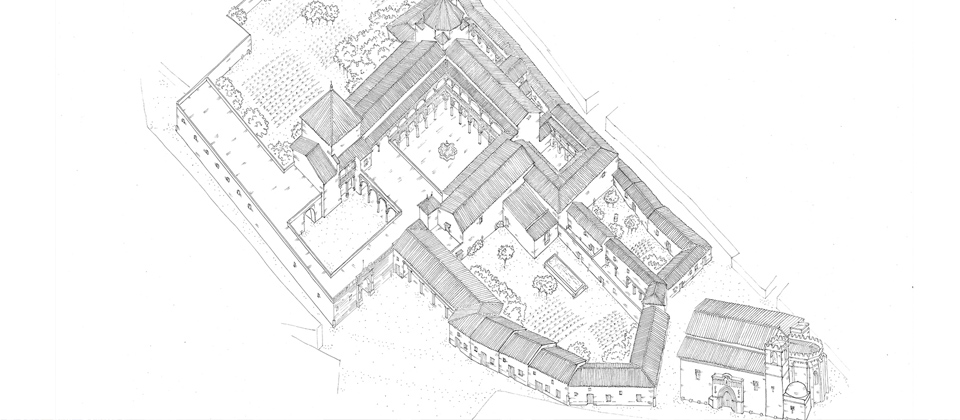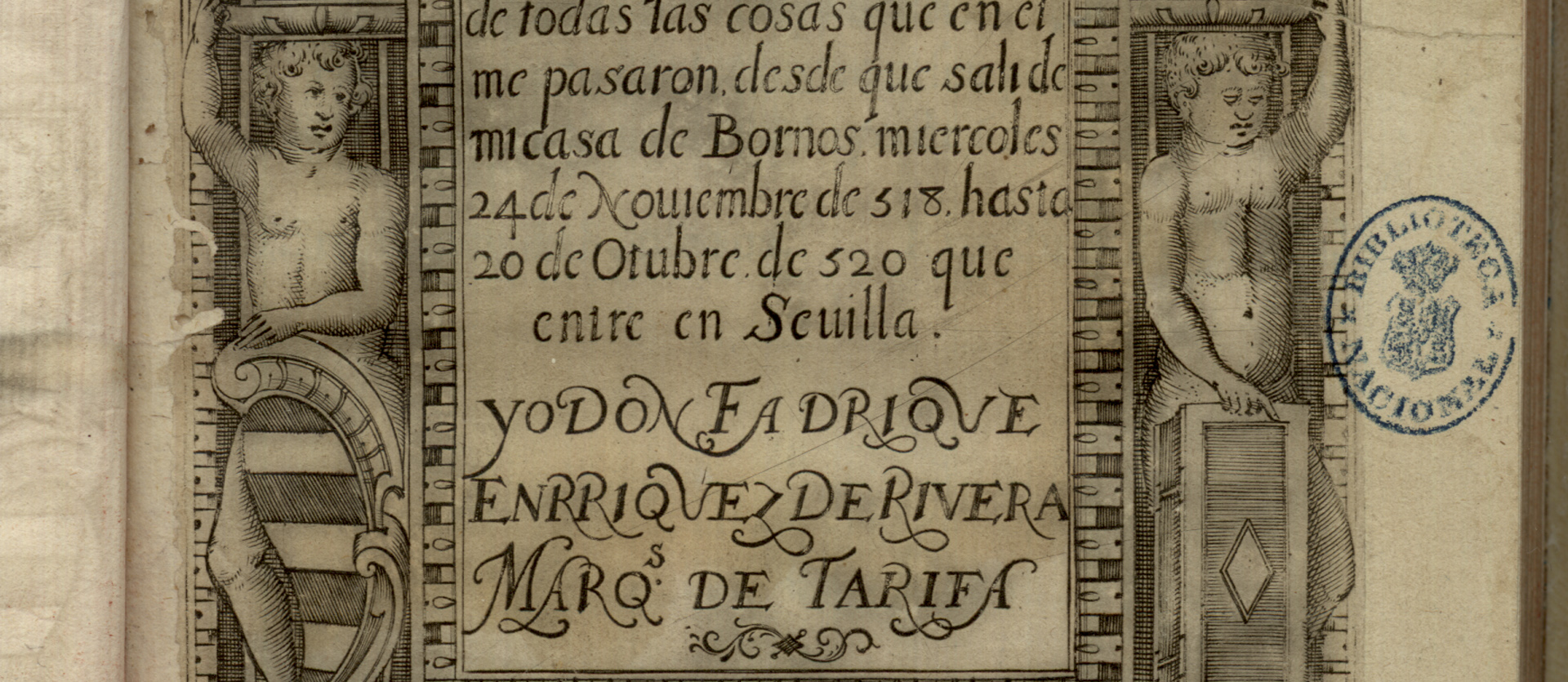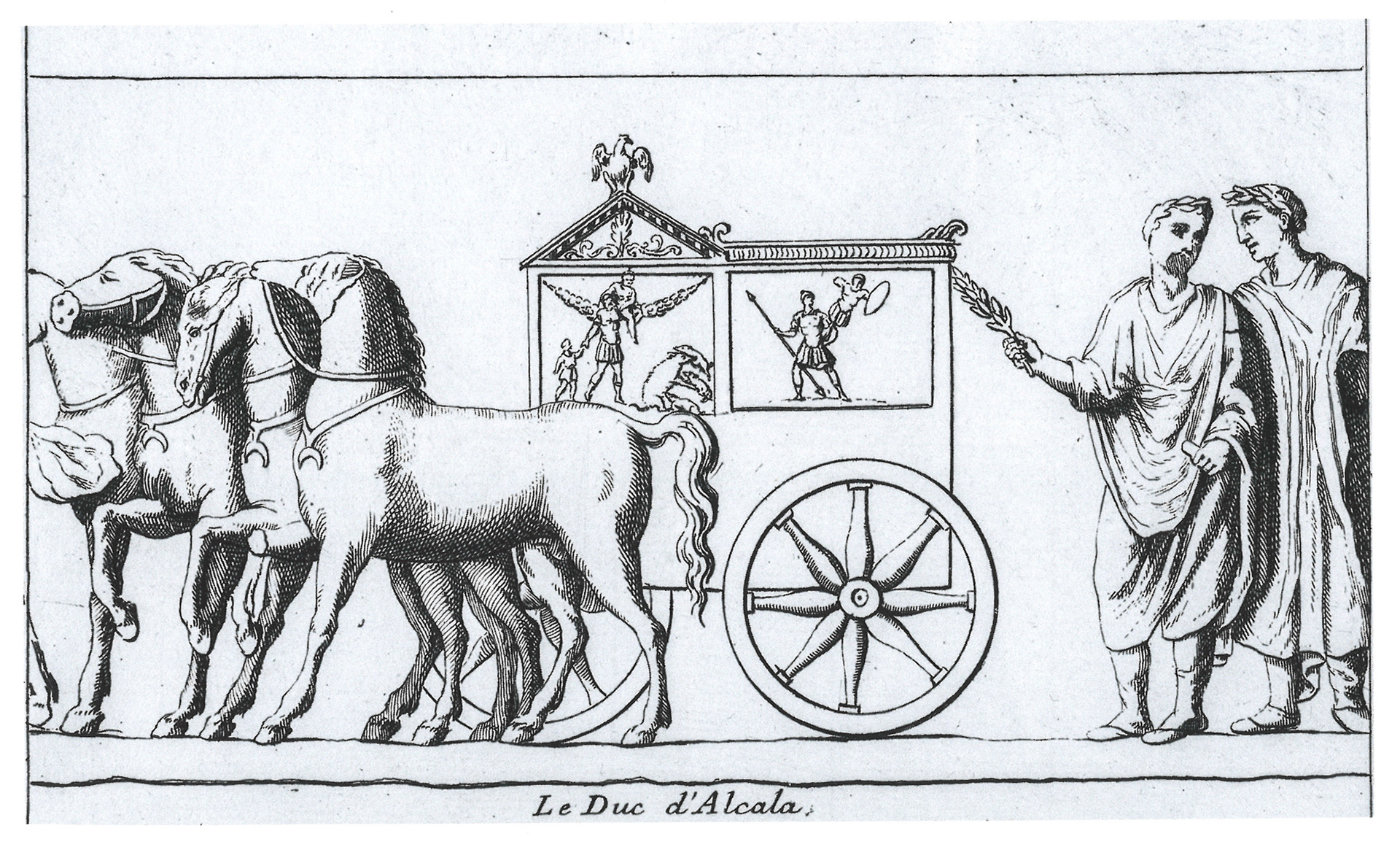Gold Room
The last work of the 1st Marquis of Tarifa
The year 1539, the last year of the life of the I Marquis of Tarifapossibly because it foreshadowed its end, there was feverish activity in the work on the palace, and this golden room and the arcade leading to it are the most important of all. the last rooms he added to the palace he inherited from his parents.
The coffered ceilings that cover both the corridor and the gilded hall, identical in structure to those of the Praetorian hall, although adorned only with gilded muqarnas pine cones, date from 1539 and are therefore the most modern of all those in the palace, as the later works not only did not use this type of framework, but also dismantled or concealed some of the existing ones.
The reliefs of the Claudian period
Both the Sala Dorada and the Zaquizamí Corridor house outstanding pieces from the collection formed in Italy by the 1st Duke of Alcalá. Two of them stand out from the rest bas-reliefs from the mid-1st century AD, placed opposite each other, commemorating Augustus' victory, in 31 BC, over the combined forces of Mark Antony and Cleopatra in the Battle of ActiumThis triumph symbolically marks the end of the Roman Republic and the beginning of the Empire. They form part of a series of nine pieces and various fragments which develop a geneal exaltation programmeógico-dináThe political system of the Emperor Claudius, the whole of which is based on the which was dispersed in the will of the XVII Duke of Medinaceli and which is known in historiography as the ".Cycle of Medinaceli reliefs from the Claudian period"
The Ashes of Trajan
In front of the door to this room is a weapons trophy Renaissance inspired by the panels of the pedestal of Trajan's column in Rome which housed the ashes of this Emperor in a golden urn. According to an oral tradition, supported by historical data, the ashes of the Emperor born in Italica - a Roman city near Seville - were taken from the Trajan Column when the 3rd Duke of Alcalá was the Spanish Ambassador to Rome, who brought them to his palace in Seville in an alabaster urn. A maid of the Warden of the palace, who wanted to steal the urn, spilled its contents, which seemed to her to be worthless, from a balcony into the garden. When it was recovered, according to the 17th century chronicler, Ortiz de Zúñiga, "the urn was found to be worthless.the ashes had been consumed in the Garden with the waters"The Emperor of Rome at the height of the empire's expansion rests between the orange trees of one of the gardens of this palace.
Related content

Pilate's House, 1539



